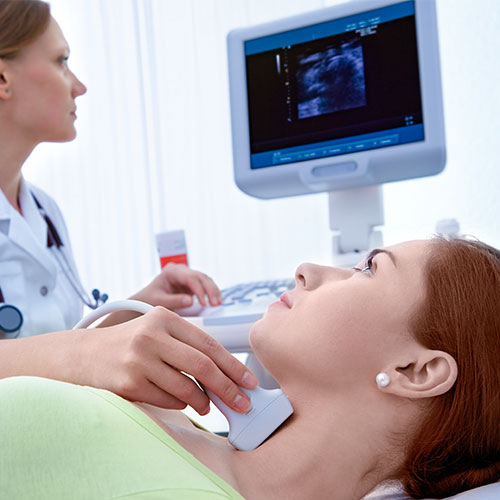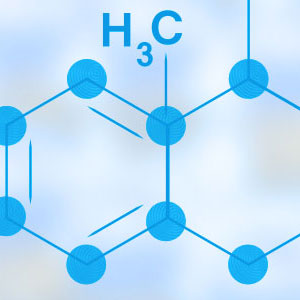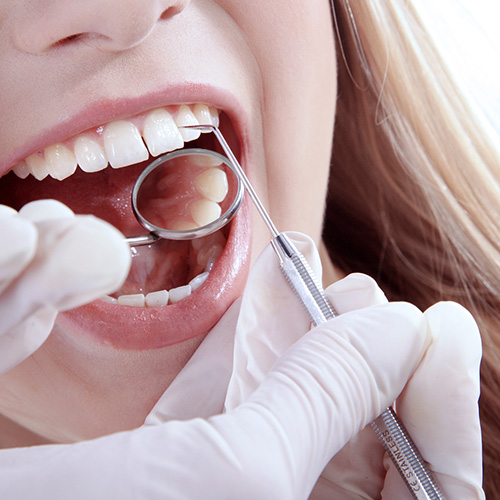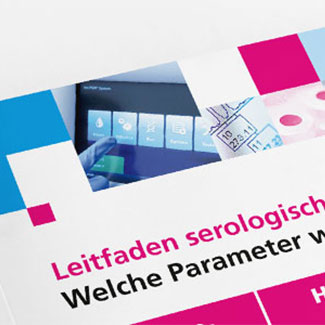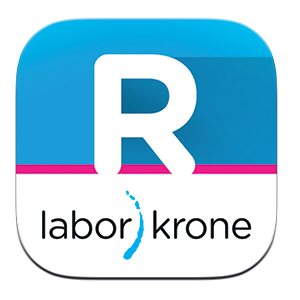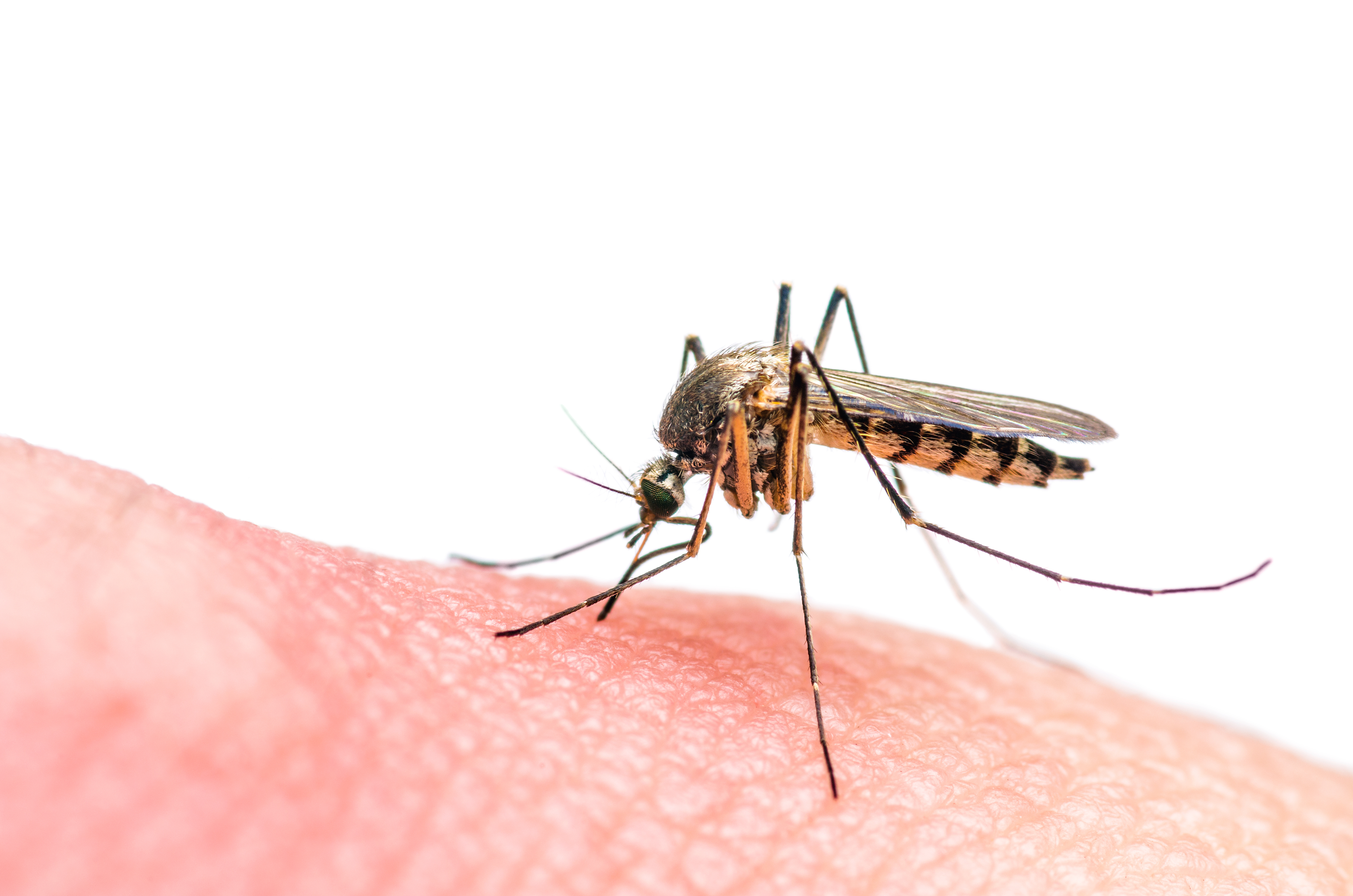The diagnostic gap for HIV-testing has decreased from 12 to 6 weeks. Prerequisite for this is the use of serological HIV screening of the 4th generation (concurrent evidence of anti-HIV-1 and anti-HIV-2 as well as HIV-p24 antigen). If the antigen-antibody-combination test is negative, HIV-infection can be ruled out with high probability, if last potential HIV-exposure was more than 6 weeks ago.
There are two, nearly non-relevant exclusions of this decrease in testing time, which are:
- Infection with HIV-2
- Antigen-evidence could be false-negative (in Germany extremely rare, 0,3 % of diagnosis)
- Immune suppression / immune defect
- There may be timely delay in antibody-formation in patients with antibody-formation disturbances.
In case of reactive or borderline HIV-screening results, confirmation testing to rule out non-specific reaction, is required.
- Antibody-based confirmation
- The classic confirmation test is the detailed evidence of antibodies in the immune blot. Differentiation between HIV-1 and HIV-2 is possible. In conspicuous screening result and negative/questionable immune blot, nucleic acid evaluation should be sought to confirm or rule out fresh infection.
- Nucleic acid evaluation
- Nucleic acid evaluation (for instance as PCR) can be sought for confirmation now.
Abnormal screening results and negative or non-definite nucleic acid evaluation should be followed up by an immune blot as the result is not reliable in case of low viral load or HIV-2-infection.
Rapid analysis, also those with p24-antigen evaluation, the diagnostic window remains at 12 weeks. Due to the rapid analysis not having the required high sensitivity, it only reacts approximately a few days later than the screening test.


